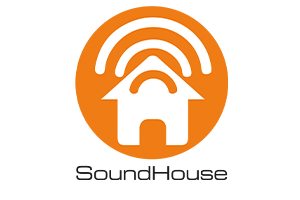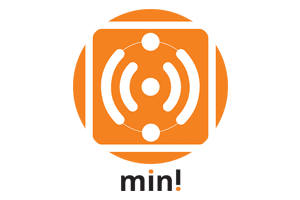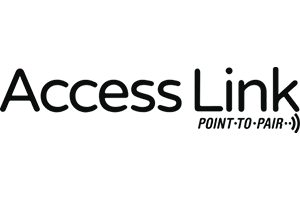The blend of regulation existing within the Building and Construction Code, Disability Law, Australian Standards and State Government and Diocesan rules mean that if there is a device in a learning space that has a speaker in it, a person who is hard of hearing must have that audio transmitted to a receiver built in their aid.
Code refers to audio requiring augmentation as “inbuilt amplified audio” and various sources give clarity to what this is.
The revised Aus. Standard AS 1428.5:2021 Design for Access and Mobility Part 5 (Communication for people who are deaf or hearing-impaired) offers guidance:
“Inbuilt amplification systems include the following:
(a) Where the loudspeakers are mounted in the ceiling or on the walls, including:
- Audio Visual system
- Public address system
- Paging system
- Music system
- Background music system
- Video conferencing system
(b) Mounted speakers
(c) Wall or ceiling mounted television, regardless of whether it includes a soundbar
(d) Wall or ceiling mounted monitor that includes and audio capability regardless of whether that audio capability, regardless of whether that audio capability includes a soundbar
(e) Soundfield system
(f) Where the emergency warning intercommunication system (EWIS) is used for any other additional purpose than emergency warning
The Building Quality Standards Handbook May 2023 of the Victorian School Building Authority state:
“Hearing augmentation is the process of collecting audio from amplification systems such as public address or audio-visual systems for transmission to receivers built into the personal hearing devices worn by hard of hearing or deaf learners, teachers and visitors.”
The South Australian Education Facilities Design Standards state:
“Soundfield audio …(including and not limited to audio from AV sources including TV, projectors and other visual devices and voices of teachers and students) , and that from a PA signal in the room, must be captured via cable and made available for electronic transmission to receivers built into assistive listening devices (including hearing aids) used by hearing impaired students, teachers and visitors to create complete hearing augmentation.”
Performance Specification Hearing Augmentation for DOE Facilities of 21/02/2018 of the Queensland Department of Education state:
2.2 Inbuilt amplification system
An Inbuilt Amplification System is usually regarded as a system or mechanism which is built into a room or building (not portable) or fixed to a structure which contains a means of amplifying the sound being transmitted or broadcast such as through speakers or other similar devices, delivering broadcast sound. Typical devices include;
- Projectors with built-in or separate standalone speaker systems,
- Televisions with built-in or separate standalone speaker systems,
- LCD, LED, display screens, etc., with built-in or separate standalone speaker system,
The above devices would be regarded as an Inbuilt Amplification System, as would any AV system, music system, whiteboard, or device which is equipped to transmit sound.









